News Beat
News Beat reporting is an idrw.org initiative to let our Readers to report News Based on Actual facts but some how has not been reported in Main Stream Media .
SOURCE: RAUNAK KUNDE / NEWS BEAT / IDRW.ORG

Hindustan Aeronautics Limited (HAL) has successfully test-flown the first production variant of its Tejas Mk-1A Light Combat Aircraft (LCA). This marks a significant milestone in India’s indigenous fighter jet program. However, the Indian Air Force’s (IAF) plans for the Tejas program continue to evolve.
While the IAF is expected to formally order an additional 97 Tejas Mk-1A jets later this year, their desire for even more advanced capabilities is driving discussions for further modifications. These proposed changes could potentially lead to the designation of a new variant – the Tejas Mk-1B.
Continue readingSOURCE: RAUNAK KUNDE / NEWS BEAT / IDRW.ORG
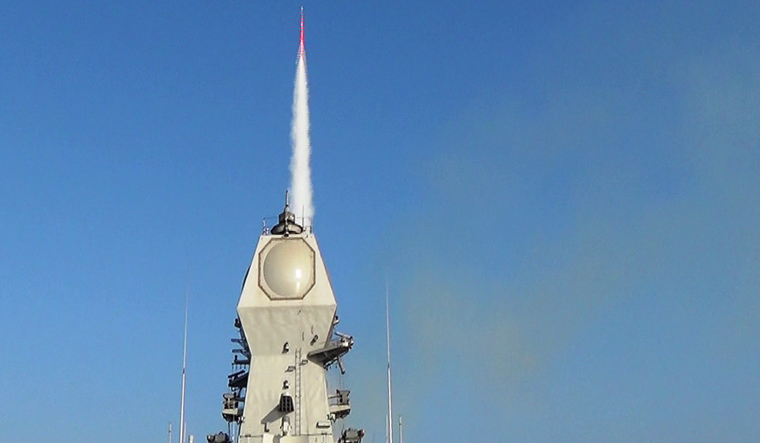
According to a recent Ministry of Defence (MoD) report, India is developing a new Long Range Surface Air Missile (LRSAM) system designed to neutralize airborne threats at extended ranges. This weapon system will be a welcome addition to the Indian Navy and Air Force’s arsenal, bolstering their ability to counter a wide array of aerial attacks.
The LRSAM system, being indigenously developed by the Defense Research and Development Organization (DRDO), boasts impressive capabilities. It’s envisioned to effectively engage not only high-flying aircraft and ballistic missiles but also low-flying, sea-skimming anti-ship missiles and even anti-ship ballistic missiles. Design reviews for crucial sub-systems and rocket motors are reportedly complete, signifying significant progress in the development process.
Continue readingSOURCE: RAUNAK KUNDE / NEWS BEAT / IDRW.ORG
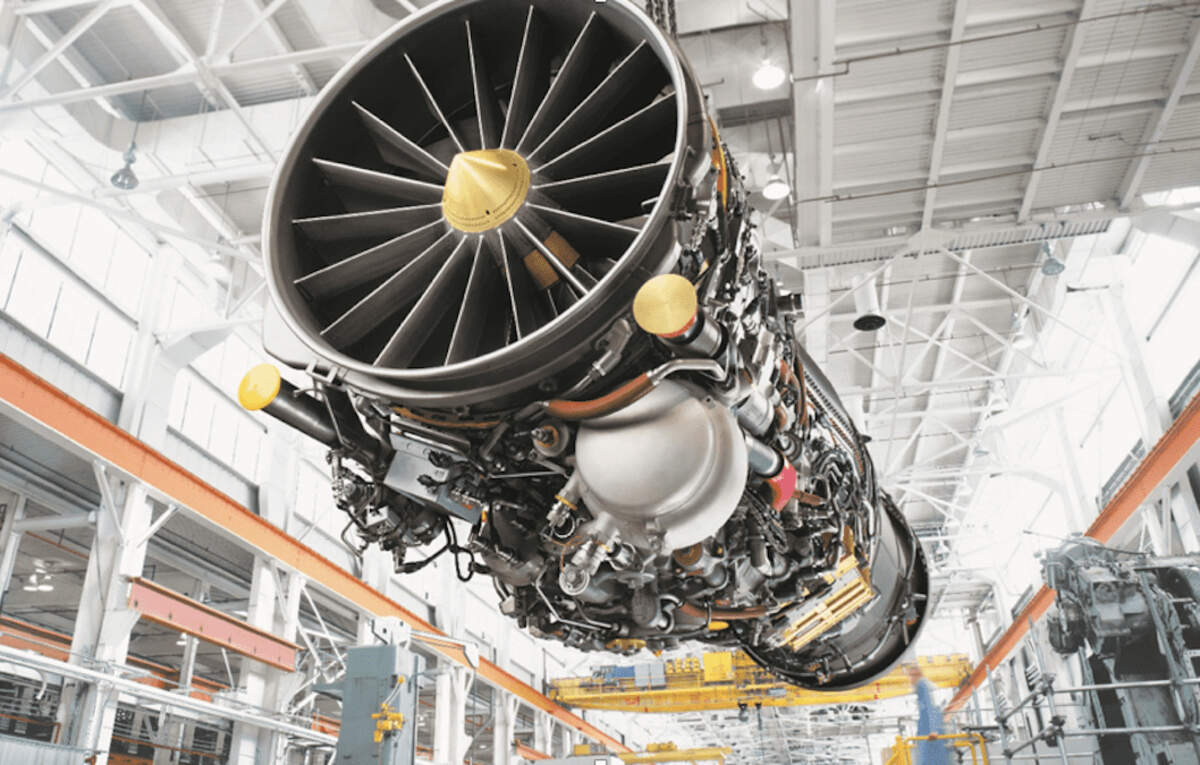
In a significant development aimed at bolstering India’s defence capabilities and fostering self-reliance in the aerospace sector, Defence Minister Rajnath Singh recently articulated a bold vision during the Times Now Summit themed “India Unstoppable.” His announcement centred around the exploration of opportunities to export indigenous engine technologies developed by the Defense Research and Development Organization (DRDO) and Hindustan Aeronautics Limited (HAL).
During his address, Minister Rajnath Singh disclosed that he had instructed DRDO’s Gas Turbine Research Establishment (GTRE) and HAL to investigate the feasibility of exporting the Kaveri and F-414 engines. This directive marks a pivotal shift in India’s defence strategy, emphasizing not only the aspiration for self-sufficiency but also the ambition to emerge as a global exporter in the aerospace domain.
Continue readingSOURCE: RAUNAK KUNDE / NEWS BEAT / IDRW.ORG
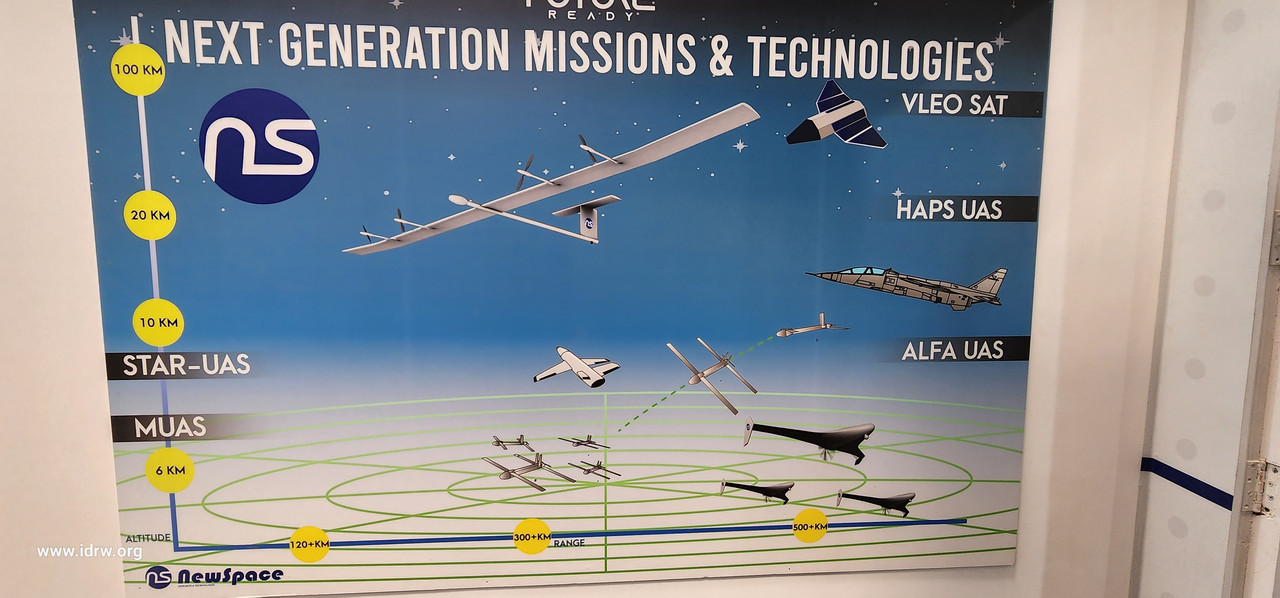
Hindustan Aeronautics Limited (HAL), India’s state-owned aerospace giant, is poised to embark on the development of CATS-MAX, a revolutionary program that will transform the LCA-Tejas Trainer aircraft into the brain and brawn of a coordinated unmanned aerial vehicle (UAV) swarm.
CATS-MAX, derived from “Combat Aerial Teaming System – MAX,” will leverage the existing LCA-Tejas Trainer prototype as a platform for integrating vital data-linking and mission control systems. Industry sources familiar with the program, reported by idrw.org, suggest development could begin in mid-2025 with the first flight targeted for late 2025 or early 2026.
Continue readingSOURCE: RAUNAK KUNDE / NEWS BEAT / IDRW.ORG
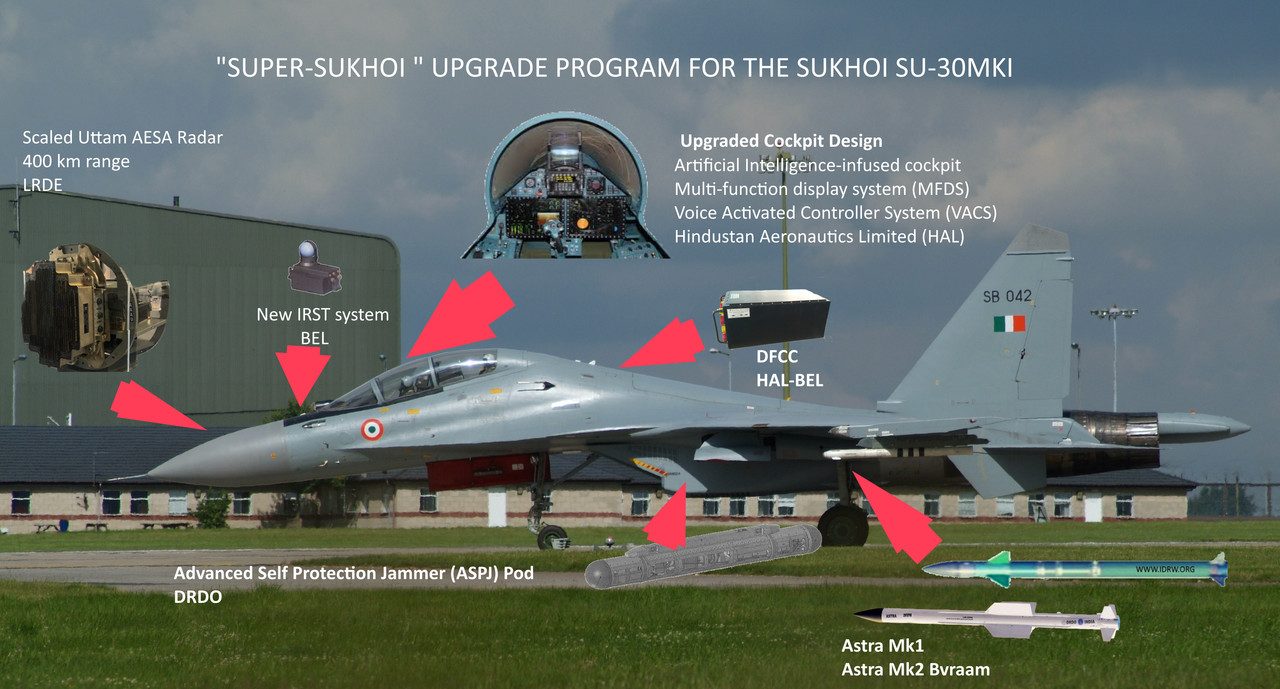
India’s massive fleet of Su-30MKI fighter jets, the mainstay of the Indian Air Force (IAF), is undergoing a significant upgrade program. This collaborative effort between Hindustan Aeronautics Limited (HAL), the IAF, and private companies aims to enhance the capabilities of these powerful war machines.
One of the key challenges addressed in the upgrade is the Su-30MKI’s radar signature. Despite its strengths, the aircraft’s large size (around 30 tons) translates to a high Radar Cross-Section (RCS), making it detectable by long-range radars. This can limit its effectiveness in contested airspace, where stealth plays a crucial role.
Continue readingSOURCE: RAUNAK KUNDE / NEWS BEAT / IDRW.ORG
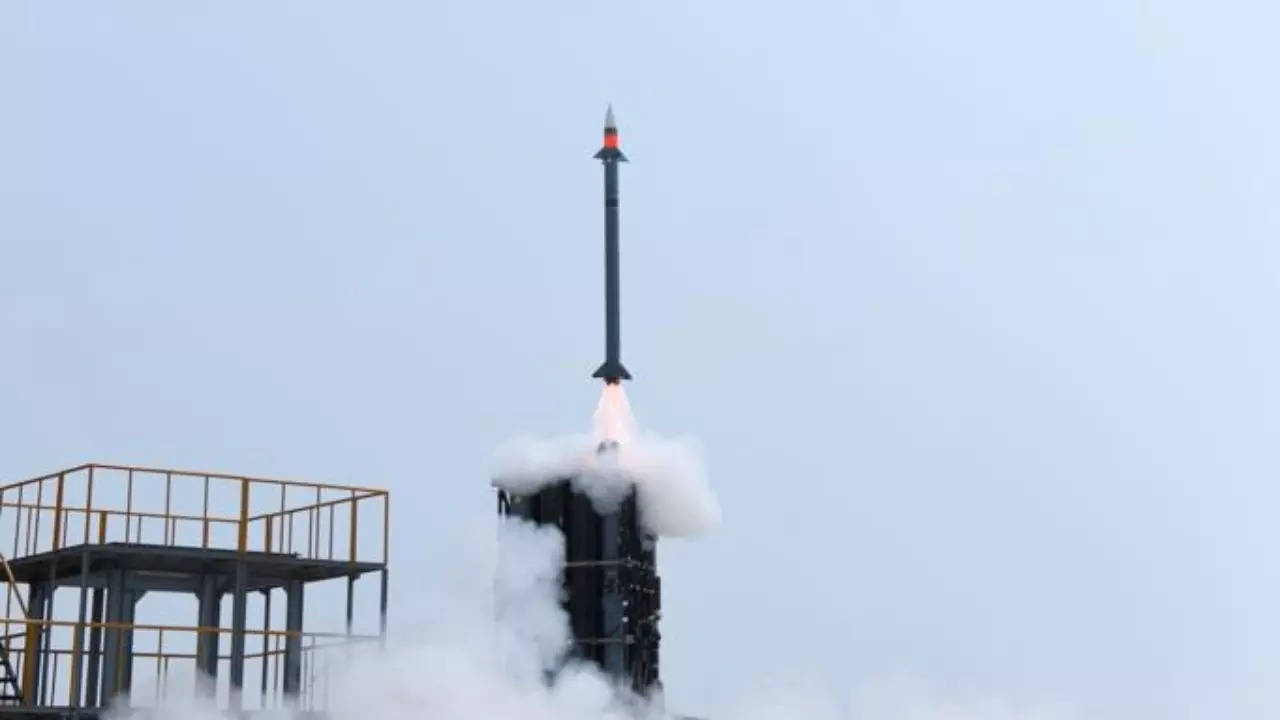
At the recent AeroSpace Services India (ASI) event in New Delhi, Boaz Levy, President and CEO of Israel Aerospace Industries (IAI), called for a renewed collaboration between India and Israel on developing a next-generation air defence system.
Levy’s suggestion builds upon the successful collaboration between India and Israel on the medium-range surface-to-air Missile (MRSAM) system. This system, currently deployed by the Indian Army, Air Force, and Navy, boasts a range of 70-90 kilometres and can engage various aerial threats.
Continue readingSOURCE: RAUNAK KUNDE / NEWS BEAT / IDRW.ORG
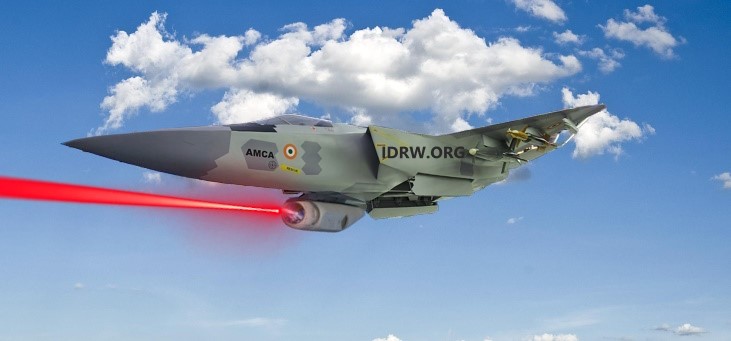
India’s quest for indigenous airpower takes a significant leap forward with the green light for the Advanced Medium Combat Aircraft (AMCA) program. This ambitious project aims to develop a state-of-the-art fifth-generation stealth fighter jet, bolstering India’s self-reliance in the critical aerospace defence sector.
Approved by the Cabinet Committee on Security with an initial investment exceeding Rs 15,000 crore, the AMCA promises to be a technological marvel. Designed for supersonic cruise speeds, the AMCA will incorporate advanced features like:
Continue readingSOURCE: RAUNAK KUNDE / NEWS BEAT / IDRW.ORG

The Indian Navy is reportedly contemplating the procurement of 12 additional Sikorsky MH-60R Seahawk helicopters. People familiar with the plans have told idrw.org that this potential deal, estimated for finalization in 2026, would be executed through the U.S. government’s Foreign Military Sales (FMS) program, once approved by the Indian MoD.
The Indian Navy recently inducted its first squadron of MH-60R Seahawks, significantly enhancing its anti-submarine warfare (ASW) capabilities. These versatile helicopters are equipped with a formidable arsenal, including Hellfire missiles, MK-54 torpedoes, and precision-guided rockets. Additionally, they boast advanced multi-mode radars and night-vision systems, enabling effective operations in challenging environments.
Continue readingSOURCE: RAUNAK KUNDE / NEWS BEAT / IDRW.ORG

The Indian Army is mulling the development of a next-generation lifesaving technology – the Battlefield Extraction-Assist Robot (BEAR). This robotic system aims to revolutionize battlefield rescue missions by aiding in the swift and safe recovery of injured soldiers.
The project will be spearheaded by the Army Design Bureau (ADB), the Indian Army’s in-house research and development wing. The ADB might also seek collaborations with private sector companies to leverage their expertise and expedite the development process.
Continue readingSOURCE: RAUNAK KUNDE / NEWS BEAT / IDRW.ORG
India’s quest for a robust long-range air defence system takes a significant step forward as Project Kusha, the indigenous LRSAM (Long Range Surface-to-Air Missile) program, reportedly completes the design phase. This development, according to an official source told idrw.org, paves the way for the creation of crucial components that will form the LRSAM system.
Project Kusha, spearheaded by the Defence Research and Development Organisation (DRDO), aims to equip the Indian Air Force (IAF) with a powerful tool to neutralize various aerial threats. The envisioned system boasts a range of nearly 350 kilometres and is designed to counter stealth fighters, conventional aircraft, ballistic and cruise missiles, precision-guided munitions, and unmanned aerial vehicles (UAVs).
Continue readingSOURCE: RAUNAK KUNDE / NEWS BEAT / IDRW.ORG

NewSpace Research and Technologies (NRT), a leading Indian aerospace and defence R&D company, recently took a step forward in fostering US-India military cooperation. NRT participated in discussions with the U.S. Army DEVCOM Army Research Laboratory (ARL) to explore potential collaboration opportunities.
During the discussions, NRT CEO Sameer Joshi presented NRT’s vision for “#NRT Next Generation Missions & Technologies (NGMT)” and a roadmap for co-development projects. This engagement aligns with the priority of both the Indian Ministry of Defence (MoD) and the United States Department of Defense to strengthen military cooperation between the two nations.
Continue readingSOURCE: RAUNAK KUNDE / NEWS BEAT / IDRW.ORG
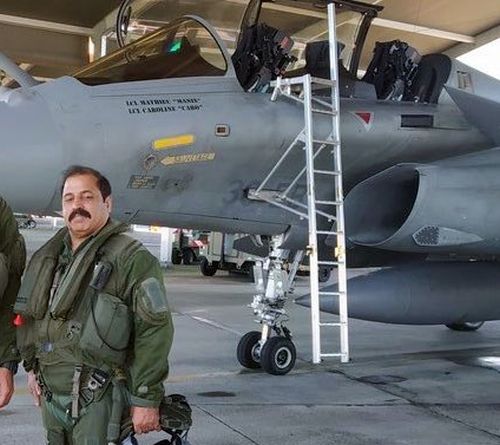
Former Chief of Air Staff Air Chief Marshal RKS Bhadauria’s recent entry into politics, particularly joining the Bharatiya Janata Party (BJP) and the possibility of his candidacy from Ghaziabad, has sparked discussions not only in political circles but also within defence and aerospace communities. Bhadauria, known for his staunch advocacy of indigenous fighter jet programs and strategic defence procurement decisions during his tenure, brings a unique perspective to the political arena.
Air Chief Marshal RKS Bhadauria is renowned for his illustrious career in the Indian Air Force (IAF). As a former test pilot of the LCA-Tejas fighter jet, he played a pivotal role in advancing India’s indigenous defence capabilities. His unwavering support for programs like the Tejas MkII underscores his commitment to bolstering India’s defence industry and reducing reliance on imports for critical defence equipment.
Continue readingSOURCE: RAUNAK KUNDE / NEWS BEAT / IDRW.ORG
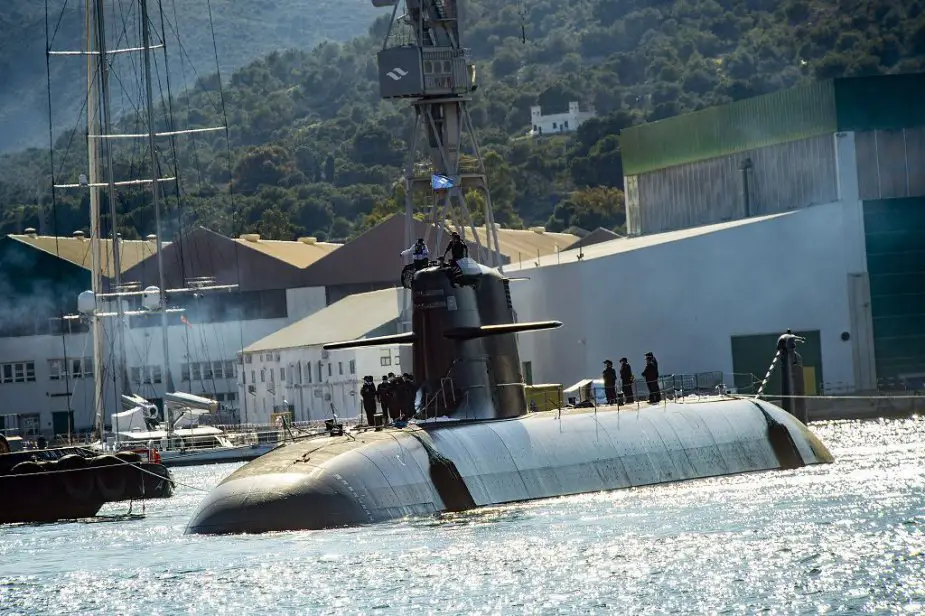
An unnamed Indian Navy official has shed light on the potential replacement for India’s Kilo-class submarines, currently nearing the end of their operational lifespan. The official, speaking to idrw.org, suggests that the Spanish-built S-80 Plus class submarines could be a perfect fit.
The Kilo-class submarines, procured in the mid-1980s, have served India’s maritime interests for decades. Extensive refits and upgrades have extended their operational life, but their time is coming to an end. The Navy is now exploring options for their replacement. Project-75I tender will see induction of six new submarines that will replace order Kilo Class of Submarines.
Continue readingSOURCE: RAUNAK KUNDE / NEWS BEAT / IDRW.ORG
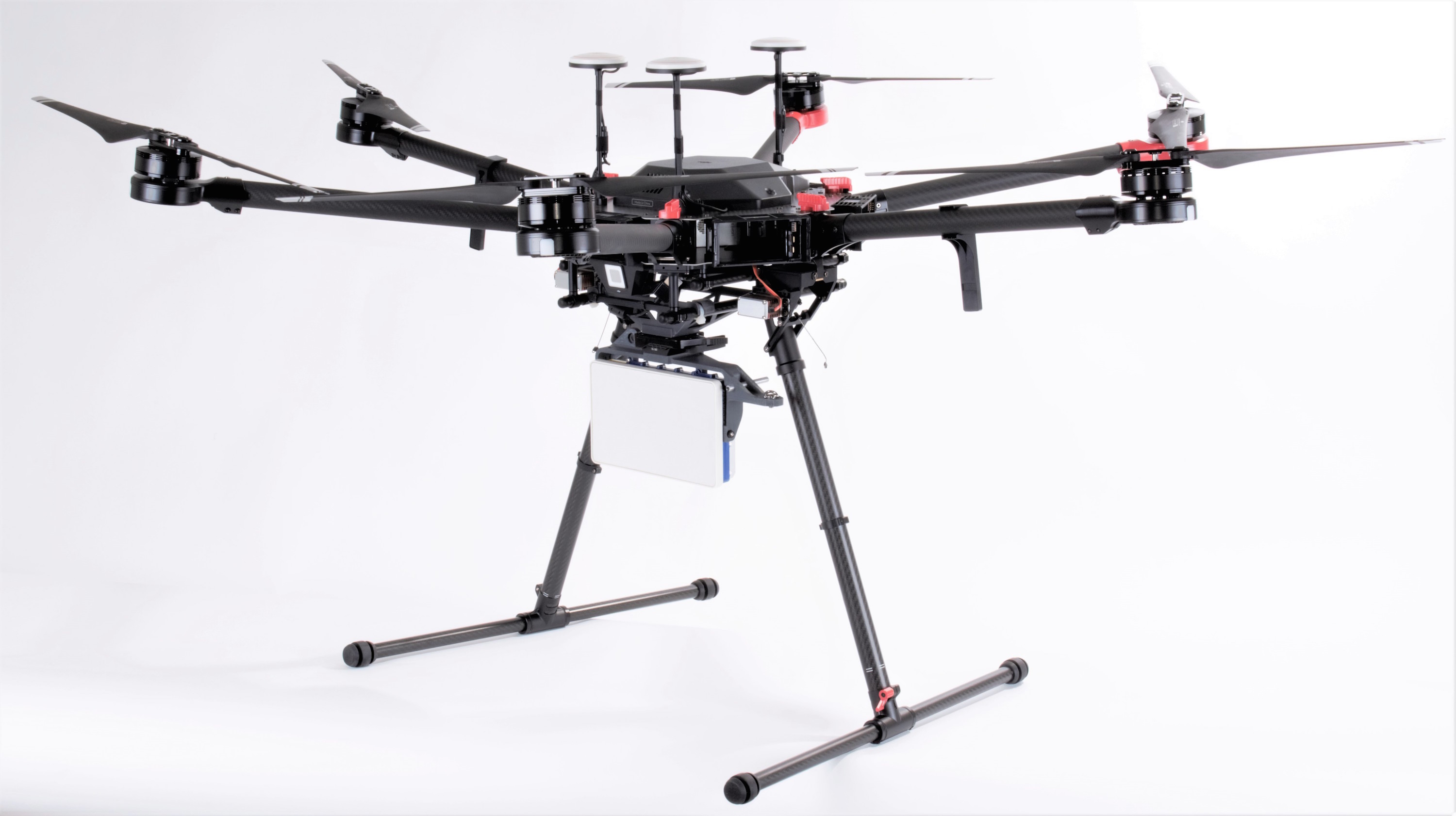
The Indian Air Force (IAF) has expressed keen interest in the development of reconfigurable phased-array radar systems integrated into drones. This technology promises significant advancements in airborne surveillance and target detection capabilities.
Phased-array radars are electronically steered antenna systems that offer several advantages over conventional mechanical radar systems. They can rapidly switch beams in different directions without physically moving the antenna, allowing for faster scanning and improved tracking accuracy. Reconfigurable phased-array radars take this a step further by enabling the dynamic adjustment of beam shape and frequency, providing even greater flexibility in detecting and identifying various targets.
Continue readingSOURCE: RAUNAK KUNDE / NEWS BEAT / IDRW.ORG
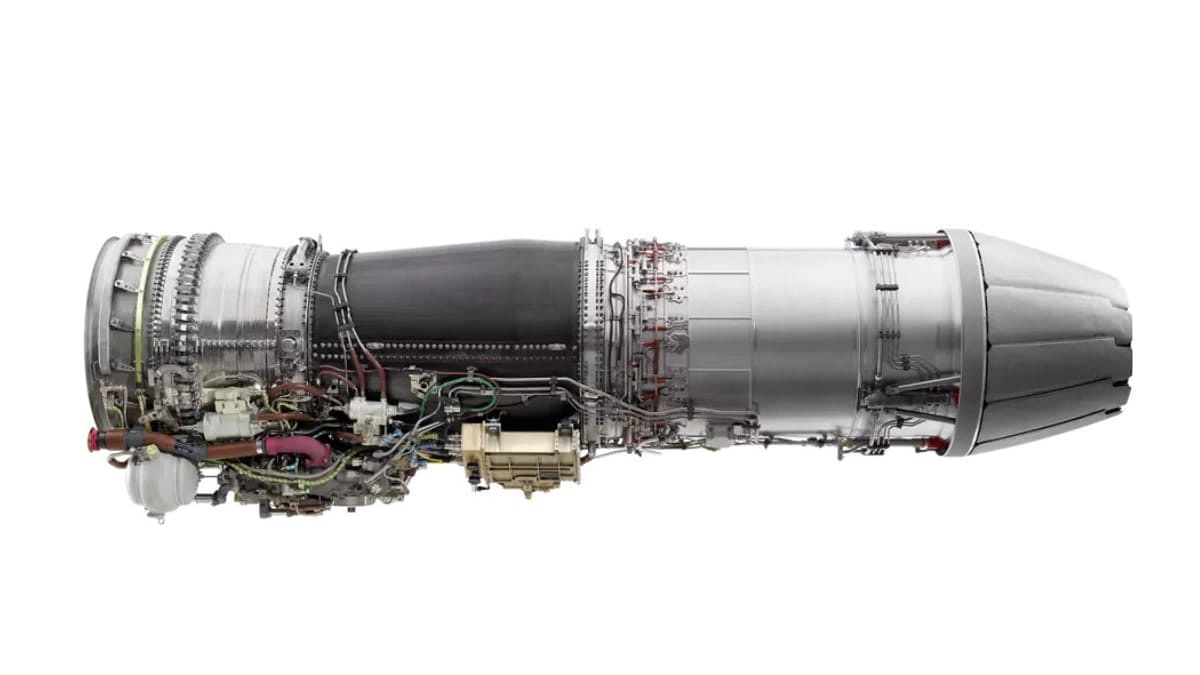
The Aeronautical Development Agency (ADA) has issued a tender for maintenance, testing, and field service support of GE-F404 and GE-F414 engines. These engines are critical for powering various LCA (Light Combat Aircraft) variants, including the Tejas PV, LSP, and NP series. The GE-F414-INS6 engines will also be used in upcoming LCA-AF Mk2 and AMCA fighters.
Currently, ADA manages the maintenance of 10 GE-F404-F2J3 engines, 17 GE-F404-IN20 engines, and 9 GE-F414-INS6 engines. To further enhance its capabilities, ADA has established a comprehensive MRO (Maintenance, Repair, and Overhaul) facility for GE engines at GTRE, Bangalore. This facility includes a module replacement shop and a roof-mounted engine test bed located at Test Cell #5.
Continue reading